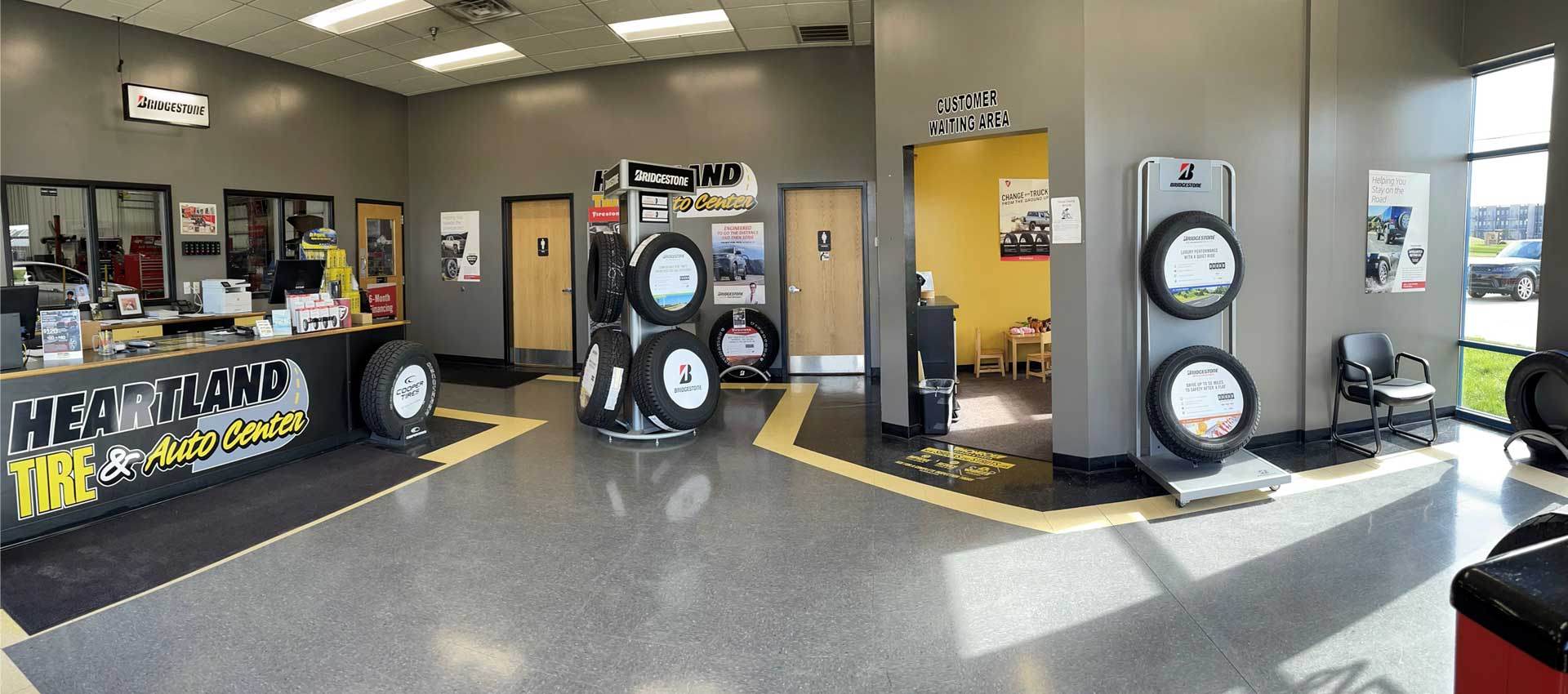Trust Fund Morris Tire and Alignment for Professional Service and Care
Wiki Article
Tire Service: Comprehending Tire Pressure Tracking Equipments
Understanding Tire Pressure Surveillance Solutions (TPMS) is an essential facet of maintaining optimal car efficiency and security on the road. With innovations in automotive technology, TPMS has actually come to be a common feature in modern vehicles, giving real-time details on tire pressure degrees.
Value of TPMS
The relevance of Tire Pressure Monitoring Systems (TPMS) exists in their ability to enhance vehicle safety and performance through real-time tracking of tire pressure degrees. Preserving the correct tire pressure is vital for ensuring optimal handling, stopping, and overall security of an automobile. TPMS gives motorists with instant responses on any type of underinflated or overinflated tires, permitting for prompt modifications to be made.
Components of TPMS
Making up different important components, a Tire Pressure Monitoring System (TPMS) operates as an innovative safety feature in contemporary cars. The main parts of a TPMS include sensing units, a control module, and a warning indication. Sensors are usually located in the tire shutoff stem or affixed to the wheel setting up, where they measure tire pressure and transfer information to the control module. If it identifies considerably low pressure in any of the tires, the control module procedures this details and causes a caution. The warning indicator, typically a symbol on the control panel, notifies the driver to check the damaged tire or tires. Some advanced TPMS designs likewise present the actual tire pressure readings for each tire, offering drivers with real-time information to ensure optimal tire efficiency and safety. By checking tire stress constantly, TPMS helps avoid accidents, decreases tire wear, and boosts gas efficiency, making it a vital component for vehicle safety and security and efficiency.
Types of TPMS

On the other hand, indirect TPMS counts on the vehicle's wheel speed sensing units to check tire stress. This system finds underinflation by contrasting the rotational rates of the wheels. Indirect TPMS is less expensive than direct TPMS, as it utilizes existing sensors within the lorry.
While straight TPMS uses more exact readings, indirect TPMS is less complex in style and typically needs less upkeep. Both systems have their benefits and limitations, and the option in between them typically depends upon aspects such as price, car make, and individual choice. Recognizing the distinctions in between these two sorts of TPMS can assist car proprietors make educated choices relating to tire maintenance and security.
TPMS Upkeep Tips
Conduct regular checks on the tire pressure degrees and compare them with the TPMS analyses to ensure they are consistent. During tire turning or substitute, make sure that the TPMS components are handled very carefully to stop any possible damages. If the TPMS alerting light illuminates on the dashboard, address the concern quickly by inspecting the tire pressures and the total system for any type of mistakes.Benefits of Appropriate Tire Pressure
Maintaining proper tire pressure, as stressed in TPMS Maintenance Tips, is crucial for gaining the various benefits connected with optimum tire stress degrees. In addition, correct tire pressure makes certain even tire wear, prolonging the lifespan of the tires and advertising safer driving problems. In final thought, the benefits of correct tire pressure go past simply tire long life; they include enhanced fuel performance, boosted safety, better automobile performance, and general driving comfort.Conclusion
In conclusion, understanding tire pressure surveillance systems (TPMS) is essential for preserving optimum tire stress and making sure car safety and security. By recognizing the value of TPMS, knowing with its elements, knowing the various kinds available, sticking to appropriate maintenance ideas, and recognizing the advantages of preserving proper tire pressure, chauffeurs can improve their driving experience and lengthen the life-span of their tires. Proper tire stress is crucial to secure and reliable vehicle procedure.
Report this wiki page